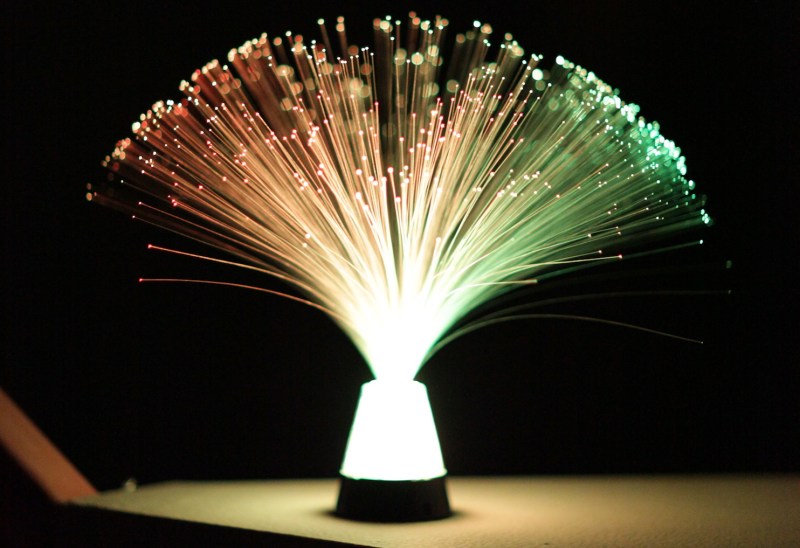Knowing where to start when adding a device to your home automation is always a tough thing. Most likely, you are already working on the device end of things (whatever you’re trying to automate) so it would be nice if the user end is already figured out. This is one such case. [Aditya Tannu] is using Siri to control ESP8266 connected devices by leveraging the functionality of Apple’s HomeKit protocols.
HomeKit is a framework from Apple that uses Siri as the voice activation on the user end of the system. Just like Amazon’s voice-control automation, this is ripe for exploration. [Aditya] is building upon the HAP-NodeJS package which implements a HomeKit Accessory Server using anything that will run Node.
Once the server is up and running (in this case, on a raspberry Pi) each connected device simply needs to communicate via MQTT. The Arduino IDE is used to program an ESP8266, and there are plenty of MQTT sketches out there that may be used for this purpose. The most recent example build from [Aditya] is a retrofit for a fiber optic lamp. He added an ESP8266 board and replaced the stock LEDs with WS2812 modules. The current version, demonstrated below, has on/off and color control for the device.
[via reddit]

















I have seen a similar project posted http://www.esp8266.com/viewtopic.php?p=36499 I would love to see more people using it and talking more about it!
It’s the same person, me. I would love to see more people talking about this too. HAP-NodeJS has a lot of users but surprisingly few people use it with Arduinos and ESP8266 based projects.
Great stuff. Glad to see these projects getting almost all the way through the chain of communication without being tied to one platform. If you can wedge something else in the place of HAP-NodeJS you could potentially use Weave via Android, at least until everyone smartens up and starts supporting something like AllJoyn.
I tried to follow the steps, but i am stuck with:
npm “anything”
give me “invalid instruction”
than i tried this: http://www.schrankmonster.de/2014/03/22/install-nodejs-npm-raspberrypi-illegal-instruction-error-messages/
and now i have this when trying nmp or just node -v:
node: /usr/lib/arm-linux-gnueabihf/libstdc++.so.6: version `GLIBCXX_3.4.20′ not found (required by node)
node: /lib/arm-linus-gnueabihf/libc.so.6: version `GLIBC_2.16′ not found (required by node)
Installing node on a pi is not easy !
problem solved,
if you don’t have a PI2, it’s better to use node-v4.2.4-linux-armv6l.tar.gz
Also you need gcc 4.7 and c++ 11 instaled and select as default for node-gyp rebuild
Is there a homekit client for the iphone which is free ?
the one suggested in the link is 15$ !
Try the iDevices Connected add. Best would be to build your own HMCatalog from Apples samples.
There seem to be a few, though Home looks to have the best UI.
Forgot to mention, I did a search for “homekit” on the appstore to find them.